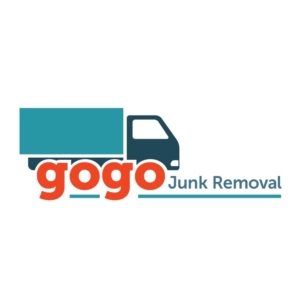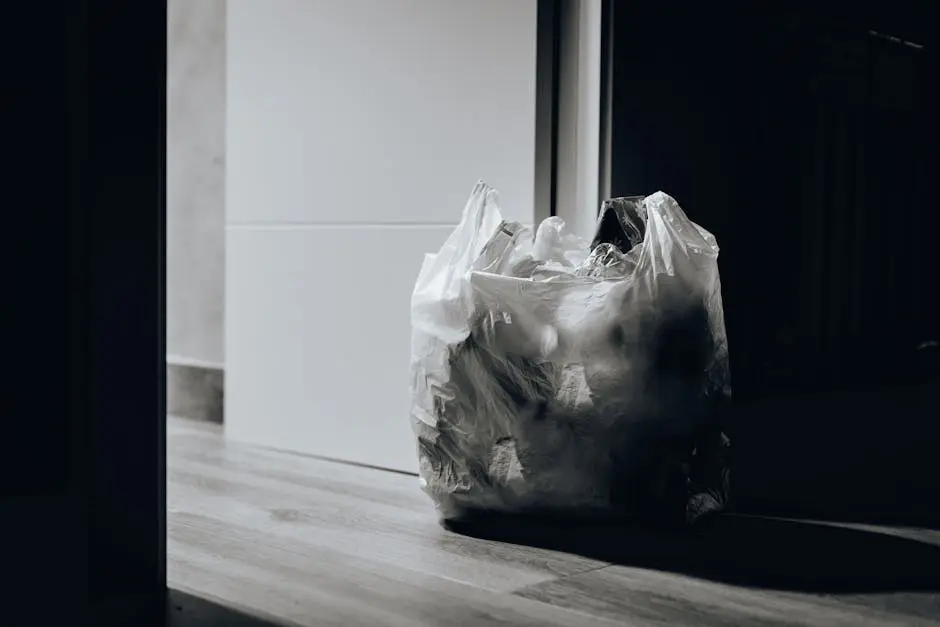7 Common Mistakes in Garbage Removal and How to Avoid Them
Garbage removal might not be everyone’s favorite task, but it’s a necessary part of keeping our homes and neighborhoods clean. Despite the seemingly simple nature of this chore, many people make common mistakes that can lead to inefficiency or even harm to the environment. In this guide, we’ll delve into these common errors and provide practical tips on how to avoid them.
1. Mixing Recyclables with Regular Trash
One of the most common errors in garbage removal is the mixing of recyclable materials with non-recyclables. Contaminating recyclables with food waste or liquids can lead to whole batches being rejected at recycling facilities. As a result, these items end up in landfills, defeating the purpose of recycling. To avoid this, dedicate separate bins for paper, plastics, and metals, and ensure that each item is rinsed and dried before disposal. This simple practice can greatly enhance the effectiveness of recycling programs in your community.
You might be surprised to learn just how much of our waste can actually be recycled. Everything from aluminum cans to certain plastics are recyclable, but they must be sorted properly. Therefore, understanding which materials are accepted in your local recycling program is crucial. Many communities provide guides and resources to help you identify which items go where. Familiarize yourself with these to make recycling a natural part of your garbage disposal routine.
2. Ignoring Local Guidelines for Disposal
Not all garbage is equal, and disposing of it correctly requires a bit of knowledge about your local area. Each locality often has its own set of regulations and services tailored to optimize waste management. Ignoring these can not only result in fines but also inefficiencies in waste processing. Taking a few moments to consult your local waste management authority’s website or their printed materials can help you stay compliant and improve the overall waste management in your community.
In some areas, special permits are required for larger items or bulk disposal. This information is easily accessible but often overlooked. Knowing what requires a permit can prevent violations, and you can usually find this information in the local government’s waste management section. Following area-specific guidelines not only helps you avoid penalties but also supports community-wide efforts for effective waste management.
3. Improper Disposal of Hazardous Materials
Disposing of hazardous materials improperly can have severe repercussions on both human health and the environment. Items such as electronic waste, batteries, and chemicals possess properties that can be harmful if released into the environment. These require unique disposal methods that are often supported by local facilities specifically designed to handle them. You should never throw these items in the regular trash bin. Instead, look for designated drop-off areas for hazardous waste within your community. Many regions offer hazardous waste collection days where you can safely dispose of these items.
It’s important to recognize the potential dangers associated with hazardous waste. For instance, improper disposal of e-waste not only releases toxic substances into the ground and water but also wastes valuable materials such as gold and copper that could be recycled. Participating in electronic and hazardous waste drives can significantly reduce your environmental footprint, making it a critical practice in responsible garbage disposal.
4. Overloading Garbage Bins
Overstuffing garbage bins is a common issue, particularly in busy households or during special occasions. This can lead to overflow, making it difficult for waste management services to handle the excess waste. Not only does this create an eyesore, but it also increases the risk for wildlife and rodents that are attracted to the bins. The solution is simple: be mindful of the amount of waste you generate and distribute it evenly across collection periods. If necessary, you can use additional containers or schedule an extra pickup with your waste management provider.
In cases where large amounts of waste are inevitable, such as after house parties or during spring cleaning, consider utilizing bulk waste removal services offered by professionals. They ensure that your excess waste is handled efficiently and responsibly, giving you peace of mind while maintaining cleanliness.
5. Forgetting Organic Waste Separation
Organic waste, such as fruit and vegetable peelings, is often tossed in with the regular trash. However, separating organic waste can drastically reduce the waste sent to landfills and promote the production of organic compost, which is beneficial for gardens. Home composting not only cuts down on garbage but also enhances the health of your garden by adding nutrient-rich humus to the soil. If you’re new to composting, start small by using a simple kitchen compost bin and graduate to larger compost piles as you become more comfortable with the process. This not only reduces landfill waste but also naturally enriches garden soil.
Many communities now offer curbside collection of organic waste, making it easier than ever to be environmentally conscious. Check if your area supports this service, as it could simplify your waste separation efforts significantly and ensure proper disposal of organic materials. Engaging in these efforts makes for an excellent personal project and contributes positively to the environment.
6. Using Non-Biodegradable Bags
Plastic bags are ubiquitous due to their convenience, yet their impact on the environment is adverse. These bags find their way into oceans and landfills, where they take centuries to decompose. To mitigate this effect, switch to biodegradable or better yet, reusable bags. Options like cloth or woven bags are not only more environmentally friendly but often sturdier as well. If you must use single-use bags, opt for those specifically labeled as biodegradable, as these are designed to break down more quickly than traditional plastic.
The transition to biodegradable options may seem daunting, but it significantly decreases the pollution caused by plastics in our ecosystems. Many stores now offer discounts for customers who bring their own bags, further incentivizing this eco-friendly change. Gradually incorporating these small actions into your shopping habits can make a significant long-term impact.
7. Ignoring Seasonal Waste Variations
Waste generation tends to change with the seasons, but we often overlook the necessity of adjusting our garbage removal habits accordingly. During the fall, the sheer volume of fallen leaves can overwhelm regular waste collection services, while in winter, the increase of holiday packaging and gift wrappings can add to the overload. To effectively manage these seasonal variations, it’s wise to plan ahead by scheduling extra pick-ups when needed or investing in temporary bins to handle the surplus.
Understanding these seasonal waste patterns can lead to more efficient disposal methods. For instance, mulching fallen leaves in the autumn can reduce waste and enrich your garden soil, while recycling holiday packaging can help manage waste after festive seasons. Taking note of these fluctuations ensures that your waste management strategy is both effective and environmentally conscious year-round.




